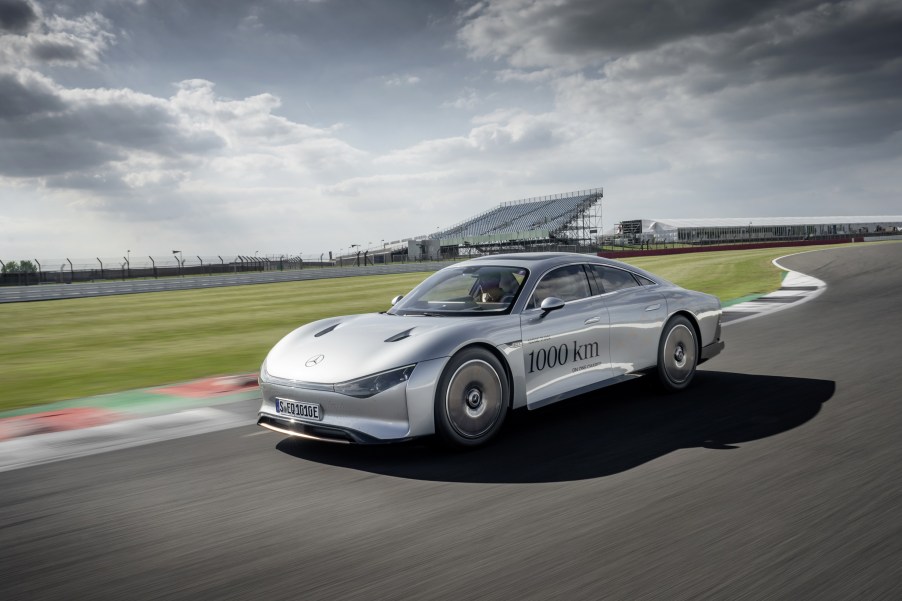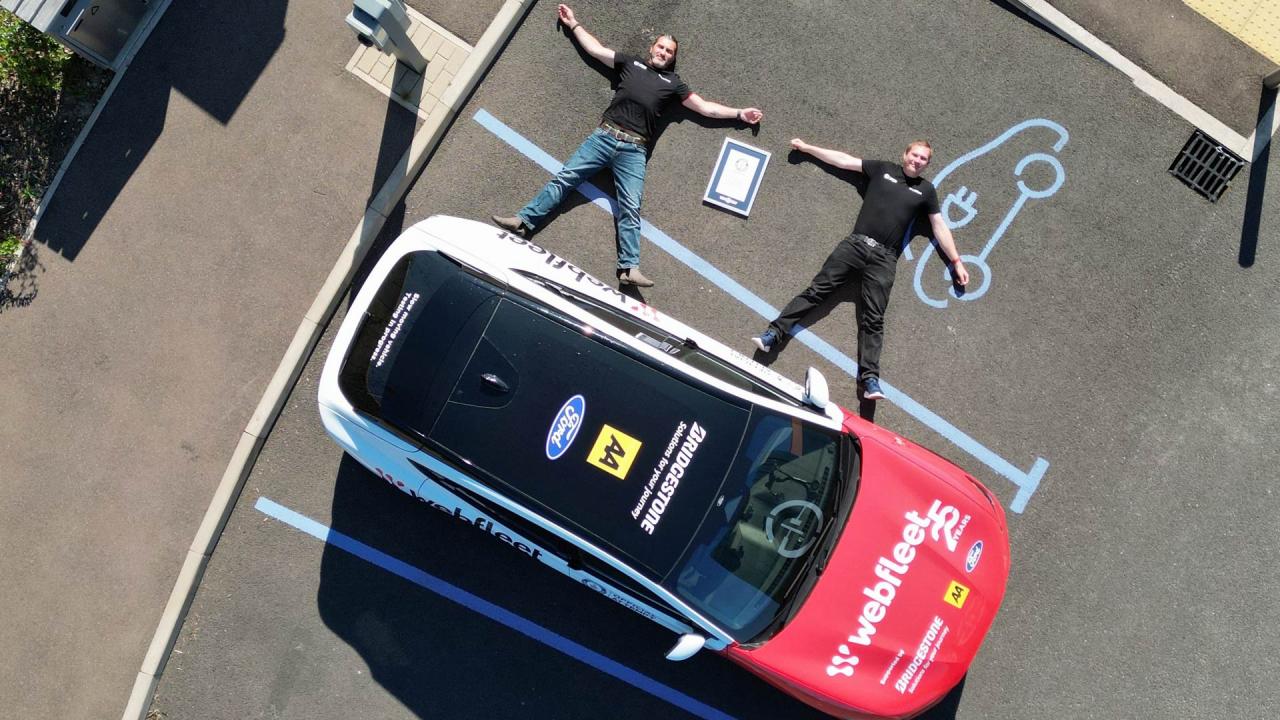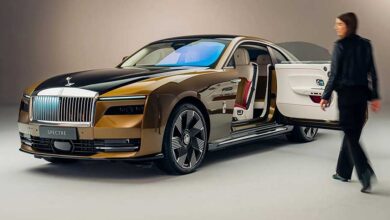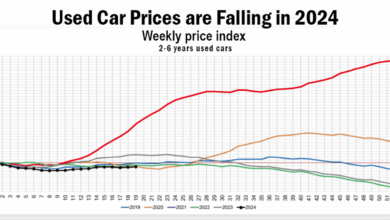This EV Shatters the Range Record
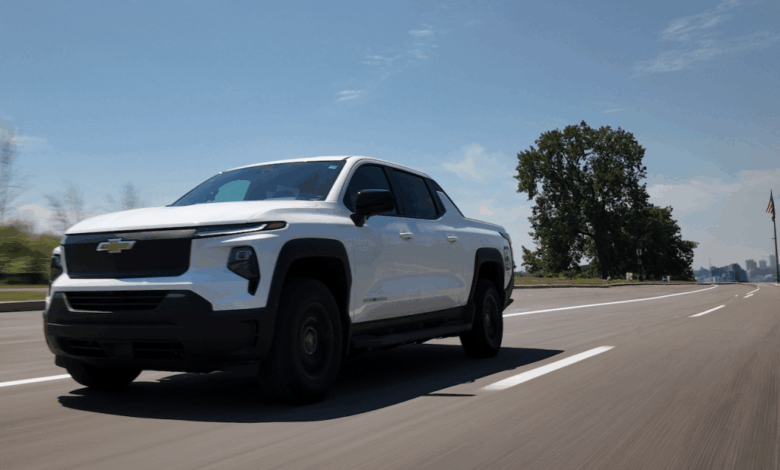
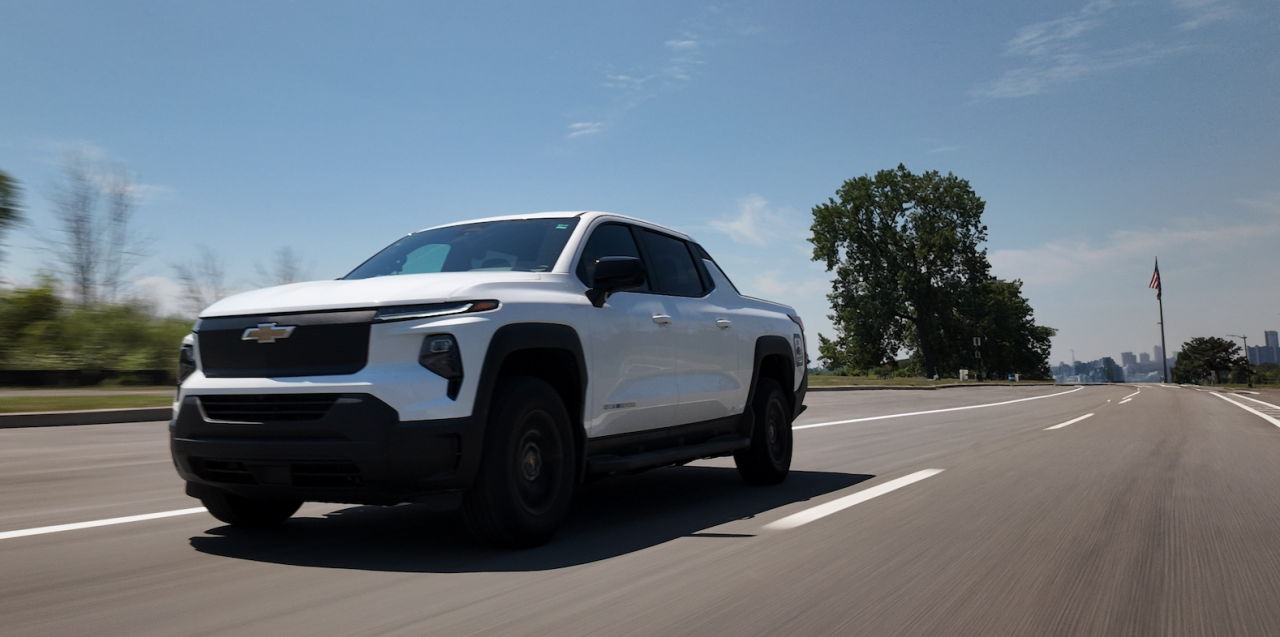
In the relentless pursuit of electric vehicle perfection, one figure stands above all others as the ultimate benchmark: driving range. It is the single most effective antidote to “range anxiety,” the primary concern that continues to give prospective buyers pause. For years, the 400-mile barrier was a formidable frontier, breached by only a handful of elite models. Now, a new champion has emerged, not merely crossing that line but demolishing it entirely. This vehicle isn’t just an incremental update; it is a monumental leap forward, a rolling showcase of cutting-edge battery science, aerodynamic mastery, and software intelligence that collectively redefines what is possible on a single charge. This in-depth analysis will dissect the technology behind this record-breaking EV, explore the real-world implications of its staggering range, and place its achievement within the broader context of the accelerating electric revolution.
A. The New King of the Road: Introducing the Record-Setter
While several manufacturers are in a high-stakes race for range supremacy, the current title holder for a production EV available to consumers is the Lucid Air Grand Touring, with an official EPA-estimated range of 516 miles. This figure isn’t just a number; it’s a statement. It means this sedan can drive from Washington D.C. to Boston, or from Los Angeles to San Francisco, with miles to spare, all without a single stop to recharge. Lucid Motors, founded by former Tesla engineer Peter Rawlinson, has achieved this not through a brute-force approach of simply installing a massive battery, but through a holistic philosophy of efficiency that touches every single component of the vehicle.
B. The Engineering Trinity: How This Unprecedented Range Was Achieved
The record-breaking range is not the result of one single breakthrough, but the synergistic combination of three pillars of innovation: a supremely efficient powertrain, a revolutionary battery pack, and aerodynamic excellence.
A. The Miniaturized and Hyper-Efficient Powertrain
At the heart of the Lucid Air’s success is its proprietary powertrain technology. Lucid’s engineers focused on a radical concept: miniaturization. They developed the most power-dense and compact electric motors in the world.
-
Power and Weight Savings: These motors are so small and light that they can be easily mounted on both axles for all-wheel drive without a significant weight penalty. Lower weight directly translates to less energy required for acceleration and maintaining speed.
-
Wunderbox Charging Unit: This integrated unit is another masterpiece of efficiency. It combines the onboard charger, DC-to-DC converter, and voltage booster into a single, compact system. The Wunderbox enables exceptionally high-speed charging, allowing the vehicle to add up to 300 miles of range in just 21 minutes under ideal conditions, making the long range practical for road trips.
B. The Next-Generation Battery Pack and BMS
The battery is the fuel tank of an EV, and Lucid’s approach is a masterclass in energy management.
-
Chemistry and Packaging: Lucid uses a bespoke lithium-ion battery chemistry optimized for energy density and longevity. The cells are arranged in a unique “semi-cylindrical” format and packaged so efficiently that the pack achieves a remarkably high level of energy storage without excessive bulk or weight.
-
Advanced Battery Management System (BMS): The BMS is the brain of the battery pack. Lucid’s system is exceptionally sophisticated, precisely monitoring the voltage, temperature, and health of each individual cell. This ensures optimal performance, maximizes the pack’s lifespan, and protects it from damage, all of which contribute to sustaining the vehicle’s range over its lifetime.
C. Aerodynamic Artistry and Lightweighting
Slipping through the air with minimal resistance is paramount for highway range.
-
A Drag Coefficient Masterclass: The Lucid Air boasts one of the lowest drag coefficients (Cd) of any production car in the world, at just 0.197. This was achieved through countless hours of computational fluid dynamics (CFD) modeling and wind tunnel testing. Details like a seamless glass canopy, recessed door handles, and expertly sculpted body lines all work in harmony to cheat the wind.
-
Strategic Use of Materials: The vehicle’s architecture utilizes a mix of aluminum and high-strength steel to create a rigid yet lightweight body structure. Every kilogram saved is a kilogram that doesn’t need to be propelled down the road, further conserving precious battery energy.
C. Beyond the Hype: The Real-World Implications of a 500-Mile EV
While the 516-mile figure is an EPA estimate, its impact on the ownership experience is profound and tangible.
A. The Virtual Elimination of Daily and Weekly Range Anxiety
For the vast majority of drivers, a 500-mile range means charging becomes a weekly or even bi-weekly event, similar to filling up a gas tank. The daily commute, school runs, and errands can be completed for days on end without a single thought given to the state of charge. This convenience factor cannot be overstated; it fundamentally changes the relationship between the driver and their vehicle.
B. Revolutionizing the Long-Distance Road Trip
Even for extended journeys, a 500-mile range dramatically alters the calculus.
-
Reduced Charging Stops: A typical road trip might require 2-3 charging stops in a 300-mile EV. With a 500-mile vehicle, that same trip could be completed with only one brief stop, aligning perfectly with natural breaks for meals or rest.
-
Charging Flexibility: Drivers are no longer forced to stop at the first available charger. They can choose to drive further to a more convenient, less crowded, or cheaper charging location. This freedom of choice reduces travel stress and improves the overall journey.
C. Performance Without Punishment
Historically, high performance in EVs came with a heavy range penalty. Stomping on the accelerator would rapidly deplete the battery. The Lucid Air Grand Touring, however, delivers staggering performance (often 0-60 mph in under 3 seconds) alongside its record range. This proves that efficiency and blistering acceleration are not mutually exclusive but can be engineered to coexist.
D. The Competitive Landscape: Who Else is Chasing the Range Crown?
The race for range is fiercely competitive, with several other automakers fielding formidable contenders that push the boundaries of what’s possible.
A. The Established Benchmark: Tesla Model S
The Tesla Model S Long Range has been a long-standing leader, with an EPA-estimated range of 405 miles. Its efficiency is driven by Tesla’s extensive experience in powertrain design, its vast Supercharger network, and a continuously refined battery platform. While currently behind in the range figures, Tesla’s relentless pace of innovation means it is a constant threat to reclaim the top spot.
B. The American Icon Goes Electric: Chevrolet Silverado EV
Demonstrating that range isn’t just for sedans, the Chevrolet Silverado EV work truck (WT) variant is rated at an impressive 450 miles of range. This achievement is critical as it brings exceptional range to the popular pickup truck segment, appealing to commercial fleets and personal users who require both utility and long-distance capability.
C. The German Engineering Marvel: Mercedes-Benz EQS
The Mercedes-Benz EQS sedan, with a range of 350-400 miles, takes a different approach. While its range is lower, it focuses on luxury, a revolutionary Hyperscreen infotainment system, and exceptional aerodynamic efficiency (Cd of 0.20). It proves that top-tier range can be packaged within the ultimate in comfort and technology.
E. The Future of EV Range: What Comes After 500 Miles?
With the 500-mile barrier broken, the question becomes: what’s next? The future of EV range points toward more accessible and even more ambitious goals.
A. The Mainstreaming of Long-Range Technology
The technology showcased in this record-breaking vehicle will inevitably trickle down. The same principles of motor efficiency, aerodynamic design, and advanced battery management will be applied to more affordable models, making 400-mile ranges standard in the mid-market within the next 5-7 years.
B. The Solid-State Battery Revolution
The next great leap in range will likely come from solid-state batteries. This technology replaces the liquid electrolyte in current lithium-ion batteries with a solid material. The potential benefits are staggering:
-
Higher Energy Density: Solid-state batteries could offer 2-3 times the energy density of current tech, potentially enabling 600-800 mile ranges without increasing pack size.
-
Faster Charging: They are expected to accept ultra-rapid charging without the degradation risks of current cells.
-
Improved Safety: The solid electrolyte is non-flammable, significantly reducing fire risk.
C. The Role of Charging Infrastructure
As ranges increase, the pressure on public charging networks will evolve. The focus will shift from sheer quantity to superior reliability, convenience, and speed. The ultimate goal is a future where charging an EV is as fast, easy, and ubiquitous as filling a gas tank, making extreme range a luxury rather than a necessity for some.
F. A Buyer’s Perspective: Is Maximum Range Right for You?
While a 500-mile range is an incredible engineering feat, it’s important for consumers to assess their actual needs.
A. Analyze Your Driving Patterns: The average American drives less than 40 miles per day. For these drivers, a 250-300 mile EV is more than sufficient, and the premium paid for a 500-mile model may not be justifiable.
B. Consider Your Access to Charging: If you have a garage or dedicated parking spot where you can install a Level 2 charger, “refueling” overnight is effortless, reducing the daily need for a massive range.
C. Factor in Climate and Towing: If you live in an extremely cold climate (which can reduce range by 30% or more) or plan to tow heavy loads, a larger battery buffer becomes much more valuable and potentially necessary.
Conclusion: A Watershed Moment for Electric Mobility
The arrival of a production electric vehicle with over 500 miles of range is far more than a marketing victory. It is a watershed moment that fundamentally alters the conversation around EVs. It serves as undeniable proof that the technical limitations that once held electric cars back are being systematically dismantled. This achievement pushes the entire industry forward, forcing competitors to innovate and accelerating the adoption of efficient technologies across all price segments. While not every driver needs such an extensive range, the very existence of this vehicle shatters psychological barriers and demonstrates a clear, compelling path to a fully electric future. It is a testament to human ingenuity and a powerful signal that the age of the electric automobile has truly arrived.
Tags: longest range EV, Lucid Air range, electric vehicle record, 500 mile EV, EV battery technology, electric car efficiency, best electric car range, Tesla vs Lucid, future of EVs, solid state batteries, EV charging, hyper-efficient EV
Category: Electric Vehicles

